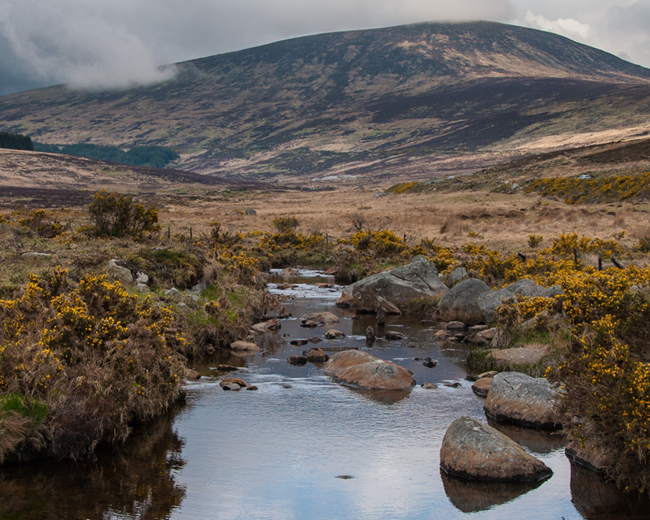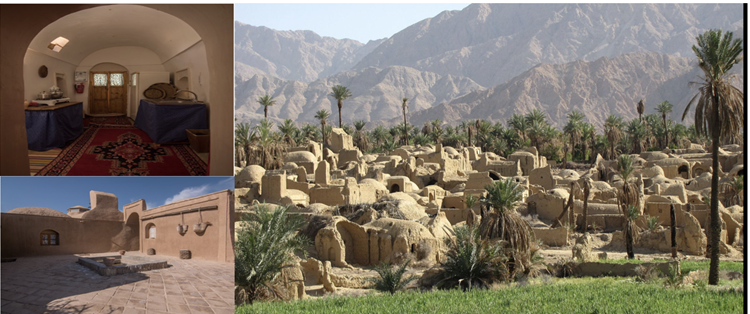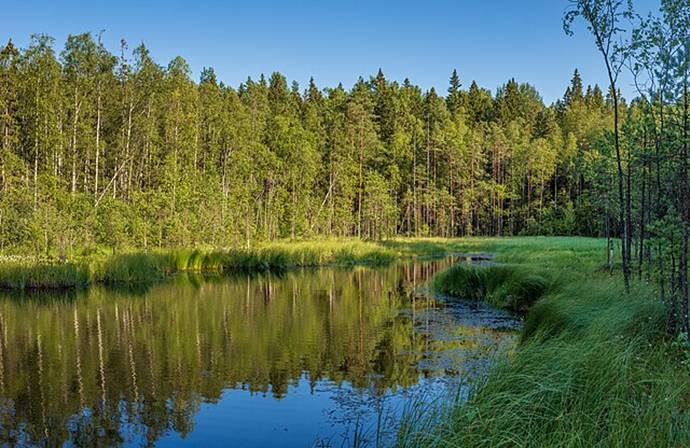By group 17 – Charlotte Genty, Hadise Khorrami & Enni Tuominen
Tourism is closely interlinked with sustainability and all of its dimensions. Tourism can be practiced in many different ways including more sustainable practices as well as unsustainable ones. Tourism is a commercial practice which relates closely to the SDGs 8 and 12: promoting decent work and economic growth and supporting responsible production and consumption. Overall, we think that tourism can only be sustainable if its practices are aligned with SDG 11: sustainable cities and communities. As a tourist, you must respect the local community you are staying in. This means taking care of the local environment, respecting cultural practices and supporting the communities also economically. Tourism should not be a one-way street – it should be a practice of co-creation where the tourist contributes and gives back to the local community.
Here, we will present three examples of sustainable tourism from locations around the world. Although the examples come from very different contexts, they all focus on the importance of looking at tourism from the perspective of the locals. Comparing these different locations allows mutual learning and it also highlights how the different SDGs interact with each other. From rural Iran to the mountains of Ireland and to the center of Helsinki, here are the best practices of sustainable tourism that we think should be advocated internationally.
The Wicklow mountains: A Sustainable Infrastructure Planning Strategy
Tourism can be a way for governments and organisations to boost economic growth in a region. It can also help to enhance biodiversity conservation and management in green areas, by making resources available and visible to the general public. Sustainable tourism seeks to achieve these goals by trying to find a balance between satisfying the needs of visitors and preserving natural heritage. By promoting sustainable tourism, the organisations help the development of local tourism, and local communities benefit from it.
In the Republic of Ireland, Wicklow County Council implemented a Strategy in 2020, aiming to promote and facilitate improvements to tourism and recreation infrastructure within the County. The “Outdoor Recreation Strategy” encourages people to stay longer in the area. It enables tourists to explore and enjoy several landscapes in the same area in a limited span of time. They can enjoy local hospitality, with the hotel and little cafés, while being at the heart of nature in the largest of Ireland’s National Parks. Besides, the Strategy intends to support visitor park and ride facilities at appropriate locations that will facilitate access to upland amenity areas.
One of the main pillars of the 2020-2025 Strategy is to improve infrastructure, as well as outdoor recreation innovation and diversification. Tourists are provided with means for kayaking, trail running and hiking through the various rivers, lakes and lowlands across the County, and can also visit St Kevin’s monastic settlement. The plan also implemented the redesign of sustainable “discovery walks”, to accommodate large numbers of visitors who wish to explore the outdoor environment. Overall, the area combines heritage conservation, biodiversity protection and tourism infrastructure implementation.
Eventually, the Strategy of the County Council aims at diversifying the experience for visitors. It sets out a repetitive process which will continually adapt to the needs of all users of the National Park and will balance the conservation and heritage values with visitor demand and sustainability.

Esfahak: A Story of Resilience and Sustainable Tourism in Rural Iran
Tourism, when practiced responsibly, becomes a powerful force for sustainable development—bridging cultural divides, strengthening local economies, and preserving our shared environment. A compelling example of this can be found in Esfahak, a desert village in Iran that rose from the ruins of a devastating earthquake to become a beacon of sustainable tourism and rural regeneration. What was once a nearly abandoned settlement has been transformed through community-led efforts into a thriving destination rooted in eco-tourism and cultural heritage. By preserving its thousand-year-old earthen architecture and promoting locally driven initiatives, Esfahak has turned tourism into a tool for economic growth, job creation, and cultural
empowerment. Residents now lead tours, run guesthouses, and craft authentic experiences that reflect their traditions and environment. Importantly, tourism has given this rural community a stronger voice and a renewed sense of pride.
Among the village’s most unique offerings is its breathtaking night sky—free from light pollution and ideal for stargazing. Through guided astronomy tours using telescopes and binoculars, visitors can explore the wonders of the cosmos, adding a memorable and educational dimension to their journey. Esfahak not only preserved its thousand-year-old heritage but also became one of the UNWTO’s Best Tourism Villages of 2024. These examples show that tourism should not be a one-way experience. It must be a collaborative journey where visitors respect and contribute to local cultures, ecosystems, and livelihoods. Sustainable tourism is at its best when it centers local voices and protects the beauty that first draws us in.

Making sustainable tourism easier with certificates: The Case of Taiga Times
Companies also have a responsibility to provide sustainable services to tourists. Certificates, such as the Sustainable Travel Finland, can help tourists to choose the better options for their vacations. The STF certificate is based on several indicators, such as the carbon footprint of the company’s activities. The indicator-system is tied to the SDGs and therefore it takes into consideration both economic as well as ecological, social and cultural aspects of sustainability in tourism. The STF program is designed for tourism companies and destinations in Finland to systematically adapt sustainable practices.
One of the companies that have received this certificate is called Taiga Times, a small Finnish business that organizes nature tours, hikes and excursions in and around the city of Helsinki. The company is committed to supporting the local communities where
the tours take place. For example, Taiga Times purchases local products and services and buys locally produced Finnish food. Being responsible in the local nature is also crucial for the company’s activities. Tourists are expected to follow the Leave No Trace principle when attending the tours.

